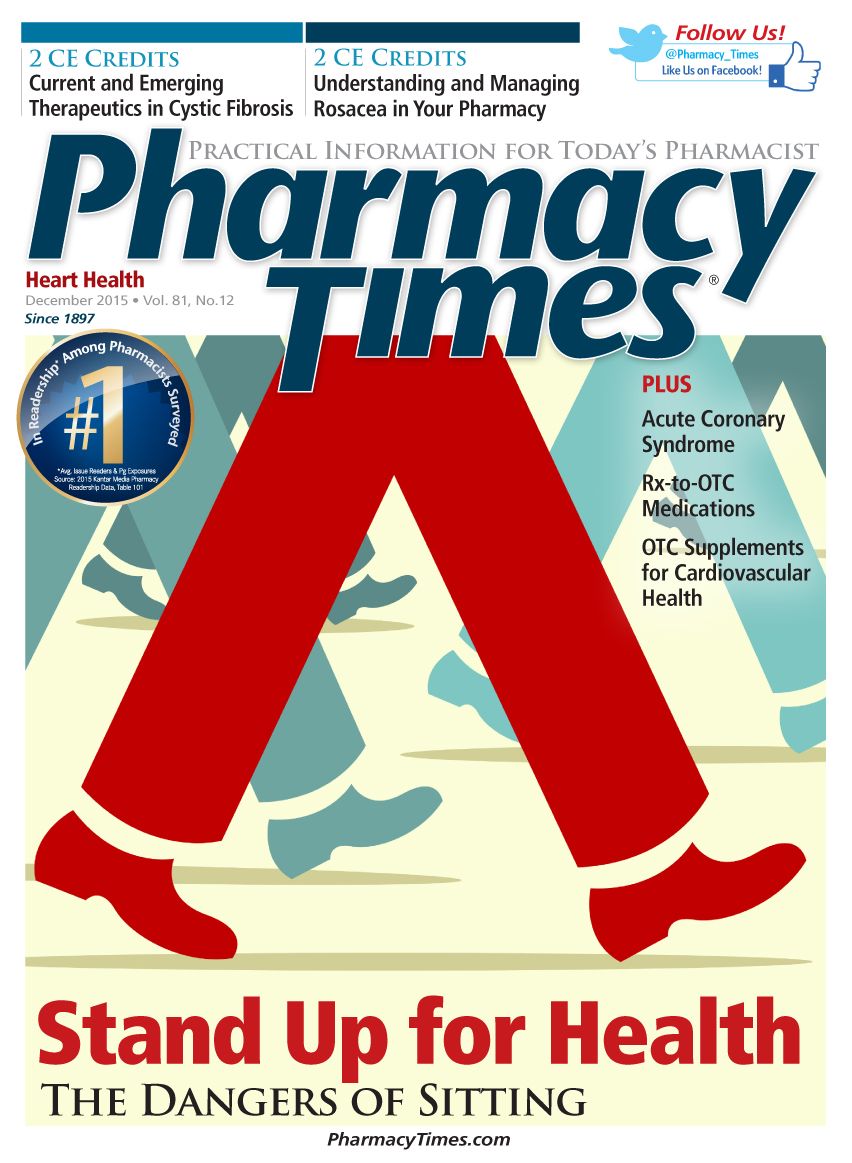Publication
Article
Pharmacy Times
COPD More Prevalent in Rural and Poor Areas of United States
Patients who live in low-income of rural areas of the United States may face a greater risk of developing chronic obstructive pulmonary disease, according to recent study results presented at the 2015 American Thoracic Society International Conference.
Patients who live in low-income of rural areas of the United States may face a greater risk of developing chronic obstructive pulmonary disease (COPD), according' to recent study results presented at the 2015 American Thoracic Society International Conference.
Seeking to identify potential COPD risk factors, the research team analyzed data from the National Health Interview Survey, the US Census, and the National Center for Health Statistics Urban-Rural Classification Scheme on 87,701 participants, including a population-based sample of adults older than 40 years. In particular, the team focused their efforts on examining community and individual-based factors such as region, census level poverty, urban/rural residence, fuel sources, age, sex, race/ethnicity, smoking years, household income, home ownership, and education status.
The researchers determined that the prevalence of COPD was 11.9% in small metro/rural- poor communities compared with 7.2% among all study participants. However, they found that community poverty was no longer a significant factor after accounting for individual income.
“Findings suggest regional differences and the need for future disparities research to understand the potential contribution of occupational exposures, fuel sources, and indoor air pollutants to COPD prevalence in poor, rural areas,” the study authors concluded.







